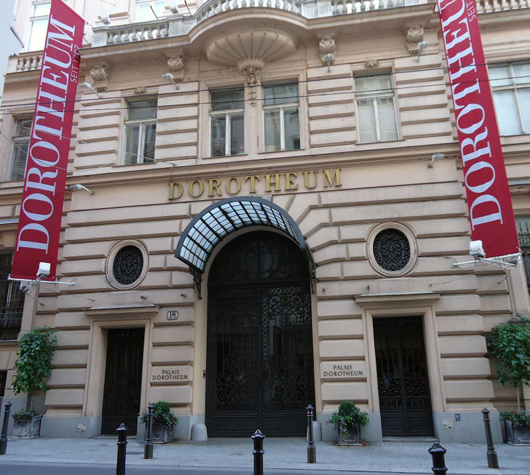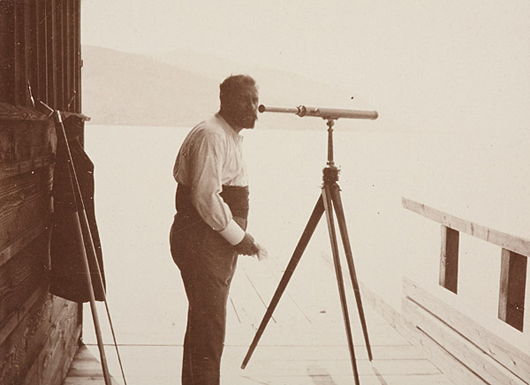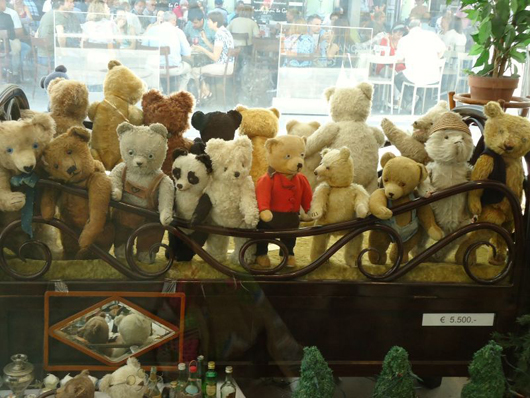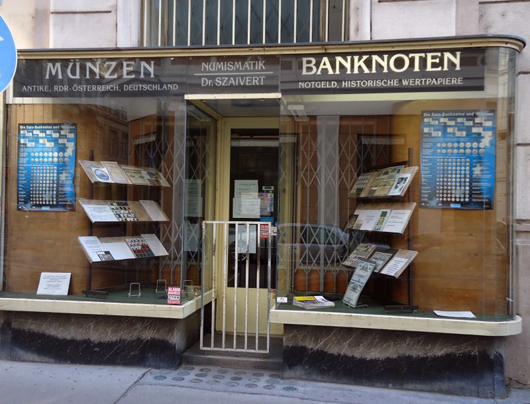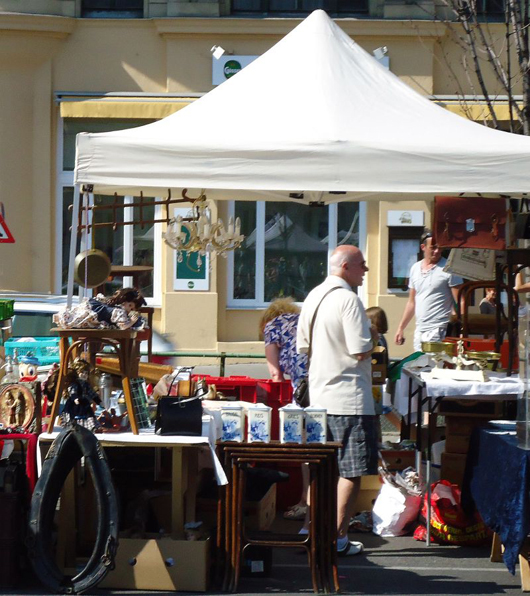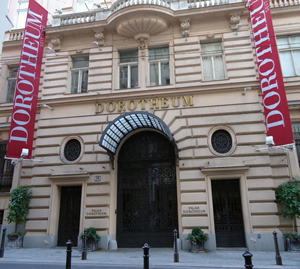
Given its history, it is not surprising Vienna is a treasure trove for antiques. At the turn of the 20th century the city was a center for artistic and intellectual change.
Gustav Mahler left Romanticism behind with his new compositions. Sigmund Freud opened a door into the unconscious mind. And the Sucessionist artists, headed by Gustav Klimt, broke away from dusty academic traditions to clear new pathways in art. The flowing line of Jugendstil traveled like a fresh breeze through architecture, typography and furnishings. The Wiener Werkstätte gifted even everyday objects with artistic importance. Art and intellectualism flourished in this café culture.
So much of this legacy can be discovered in Vienna’s antique shops, auction houses and flea markets. The historic city center is clearly St. Stephan’s Cathedral, which comes into view as you walk up Kärntner Strasse. Even there you can find one of the Dorotheum’s many retail shops for estate jewelry, porcelain and silver. But if you walk a few blocks away from the busloads of tourists into the narrower Dorotheergasse, you find the venerable old auction house. Started as a pawn shop in 1707, the company has expanded to include international offices and hosts about 600 auctions per year, selling everything from fine art to classic cars. The surrounding neighborhood is peppered with antique shops.
“We usually recommend Dorotheergasse, Spiegelgasse, Bräunerstraße and Stallburggasse if people are looking for antiques,” noted Cornelia Pirka of the Vienna Tourist Board.
Shop windows in this neighborhood area are so loaded with the remnants of yesteryear that the sparkle of crystal, flash of tarnished bronze and richly hued canvases in gold-rimmed frames make it impossible to walk directly down the street.
Also not to be missed is Wiener Kunst Auktionen GmbH, located in the Palace Kinsky in Freyung Strasse. Their setting is serious and elegant, fitting for their auctions of old masters, fine contemporary paintings and Jugendstil antiques.
Another Vienna auction house that is internationally recognized is WestLicht at Westbahntrasse 40. They hold the record for selling the world’s most expensive camera, a 0 Series 1923 Leica in 2011, for 1,320,000 Euro (nearly $2 million). WestLicht’s next photography and camera auctions are Nov. 23-24. Photography enthusiasts who visit the auction house will be delighted to find WestLicht’s Leica Shop directly next door, fully stocked with new and vintage products.
One needn’t walk far from WestLicht to discover something nearly extinct – a record store. Scout Records, to be exact. But visitors should prepare themselves for stumbling on small antique or secondhand shops throughout the city. Be it old books, coins, stamps or even kitch, you never know what you will find.
For collectors who like to try their luck at a flea market, Vienna has three great choices. The largest is by far the Naschmarkt, where endless food stands and little restaurants give way to endless booths overflowing with trash and treasure. Shoppers were carrying out 1950s furniture and lamps, spice jar sets, silverware, vintage videos, costume jewelry, books and tools. But there was so much more. The Naschmarkt is a weekend institution, and visitors can browse antiques Saturdays from 6:30 a.m. to 6 p.m., when at closing time the bargaining possibilities increase three-fold.
The trendy Danube Canal, lined with graffiti murals and interesting canal-side cafes, is home to a weekend flea market from May to September. Visitors need only find their way to the Salztorbrücke to enter.
The third browsing point is the Antiquitätenmarkt am Hof, open through mid-November, Fridays and Saturdays from 10 a.m. to 8 p.m.
With so many antiquing possibilities, it is only fortunate that Vienna has a café around every corner. Be sure to unwind with coffee and a piece of Sachertorte before plotting out your next shopping trip.
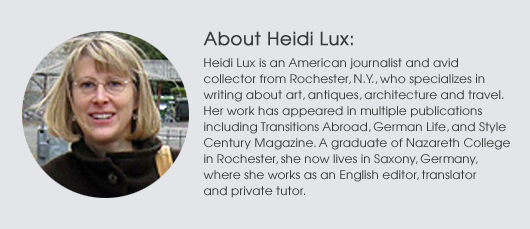
ADDITIONAL IMAGES OF NOTE
